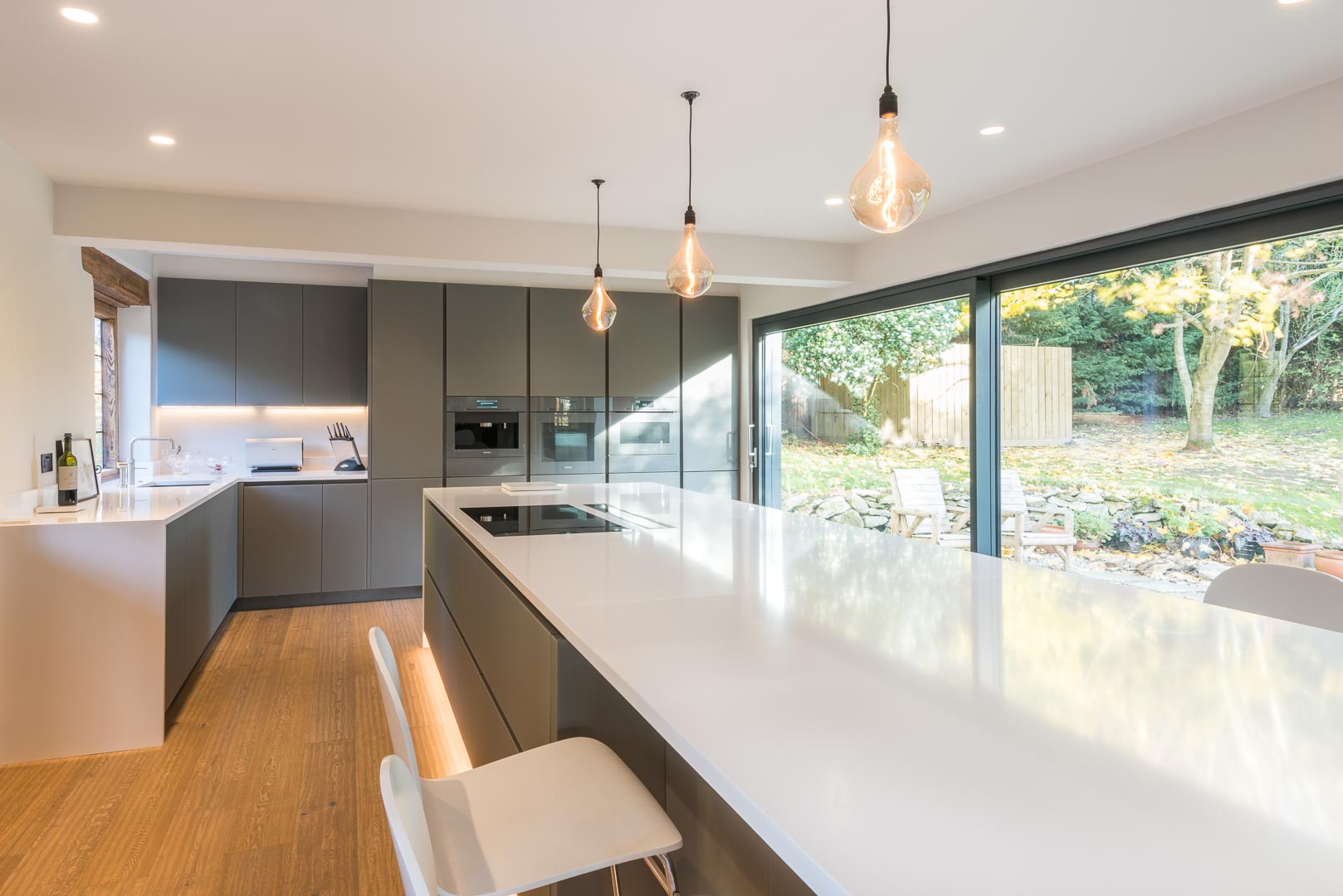
Tips on Choosing the Right Size Furniture for Your Home
Selecting the appropriate furniture size helps in creating a harmonious and functional living space. It’s not just about finding pieces that fit physically — it’s about ensuring they suit your lifestyle, complement the room’s aesthetic and contribute positively to the overall ambiance.
This guide outlines practical steps and considerations to assist you in your furniture selection process, from initial planning to making a purchase and finalizing your room’s layout. Whether it’s for your living room, bedroom or dining area, and whether you’re choosing a sofa, a dining table or even a new mattress with bedding pillows, these guidelines will help you make informed decisions.
Table of Contents
Before Shopping: Planning Your Furniture Purchase
Before setting out to shop for new furniture, it’s crucial to have a clear plan. This preparation ensures that your furniture not only fits in your space but also serves its intended purpose effectively. Here are key steps to consider before making any furniture purchases:
- Understand the Purpose of Each Room: Different rooms serve different functions, which influences the type of furniture needed. In a living room meant for large family gatherings, for example, a sturdy sectional sofa that accommodates many people is a practical choice. This understanding helps in selecting furniture that aligns with your lifestyle and room usage.
- Measure Your Space and Doorways: Accurate measurements of your room are essential. Record the length and height of each wall, along with the positions of windows, fireplaces and doorways. These dimensions guide you in choosing furniture that fits comfortably in your space, avoiding overcrowding or underutilization. You also need to ensure it fits through the door, as there are a variety of standard widths that you’ll find in residential homes across the country.
- Consider the Room’s Focal Point: Every room has a focal point, whether it’s an architectural feature like a fireplace or an external element like a scenic view. Furniture arrangement should complement this focal point, enhancing the room’s aesthetic appeal and functionality. For instance, seating can be arranged to face a fireplace or a window with a view, making it a central aspect of the room’s layout.

While Shopping: Making Informed Decisions
When you’re out shopping for furniture, it’s important to make choices that will fit well in your home both functionally and aesthetically. From sofas to twin mattresses or queen-sized mattresses, each piece should complement the size and purpose of the room it’s intended for. Here are some guidelines to consider during your furniture shopping trip:
- Consider Proportions: The size of the furniture should be in harmony with the size of the room. A good rule of thumb for sofas, for example, is to select one that’s approximately two-thirds the length of the wall it will be against. This helps maintain a balanced look in the room without overwhelming the space.
- Take into Account the Furniture’s Depth: The depth and overall size of the furniture should match the room’s dimensions and its intended use. In areas like a TV or family room, where closeness is more acceptable, a large, deep sofa, such as a corner model, might be a good fit. This allows for comfortable family gatherings and cozy movie nights.
- Focus on Quality and Durability: For furniture pieces that see frequent use, like dining chairs and tables, prioritize durability and quality. These pieces endure a lot of wear and tear, so investing in high-quality materials will ensure your dining room set lasts through many years of family dinners and gatherings. Look for sturdy construction and materials that are known for their longevity.

Avoiding Common Mistakes in Furniture Arrangement
When furnishing your space, whether you’re choosing an accent chair for a living room or a queen-size Serta mattress for a primary bedroom, it’s essential to avoid certain common mistakes that can impact both the functionality and aesthetics of your room. Here are some often-overlooked aspects and mistakes to keep in mind:
- Plan Your Furniture Layout: Begin by positioning the largest piece of furniture in the room, such as the bed in a bedroom or the sofa in a living room. This should be done in a way that ensures ease of movement around the room without obstructing walkways or compromising the room’s flow. The placement should feel natural and allow for comfortable access to other room features.
- Adequate Walking Space: It’s essential to maintain clear circulation paths within the room. Ideally, you should allow 30 to 36 inches (77 to 91 cm) of clear width for walkways. This ensures ease of movement to and from seating areas and room exits. Even if a furniture piece seems perfect, if it’s too large and encroaches on these paths it can make the space feel cramped and less functional.
- Don’t Overlook Overflow Seating: Your regular seating might suffice for daily use, but for occasions with more guests additional seating is essential. Think about foldable chairs or ottomans that can serve as extra seating when needed. These options are practical for accommodating larger gatherings without overwhelming your space on a day-to-day basis.
- Coordination with Other Furniture: Ensure that the new furniture complements existing pieces in your home for a unified look. Even if you plan to update other furniture later, it’s important to consider how everything looks together in the present. This approach helps maintain a cohesive aesthetic throughout your home, ensuring that new additions don’t clash with existing decor.
Final Thoughts on Furniture Selection
Successfully furnishing your home is about blending practicality with personal style. Remember, the right furniture can transform your space, making it both functional and inviting. As you conclude your furniture shopping journey, keep in mind the importance of proportion, functionality, quality and coordination with your existing decor. Whether you’re selecting a cozy sofa for your living room, the perfect dining set for family meals or a comfortable mattress for your guest room, each piece should reflect your lifestyle and aesthetic preferences.
Trust your instincts and remember that your home is a reflection of your unique style. Don’t be afraid to experiment with different layouts or to mix and match pieces until you find the perfect balance. With thoughtful planning and a clear understanding of your needs, you can create a living space that is not only stylish but also a true representation of you and your family. Happy furniture hunting!



